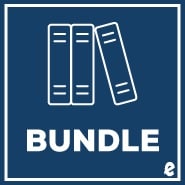The McGraw-Hill Guide helps students set writing goals, use effective composing strategies to achieve those goals, and assess the effectiveness of their results.
Connect is the only integrated learning system that empowers students by continuously adapting to deliver precisely what they need, when they need it, and how they need it, so that your class time is more engaging and effective.

